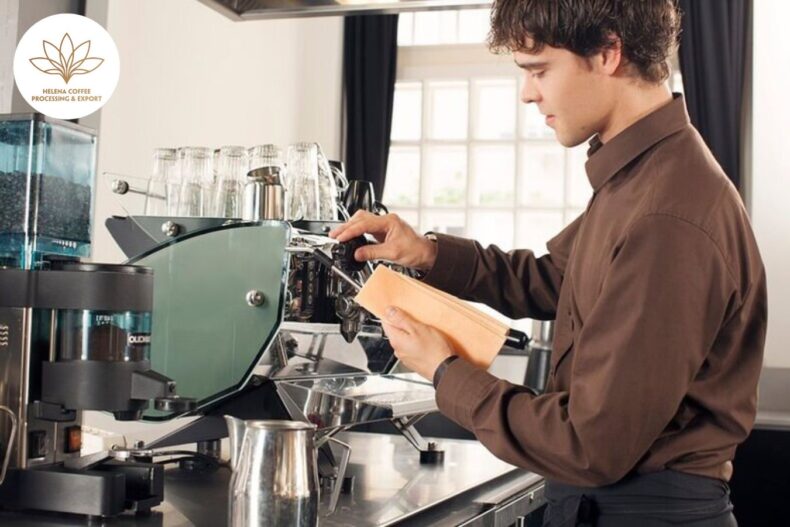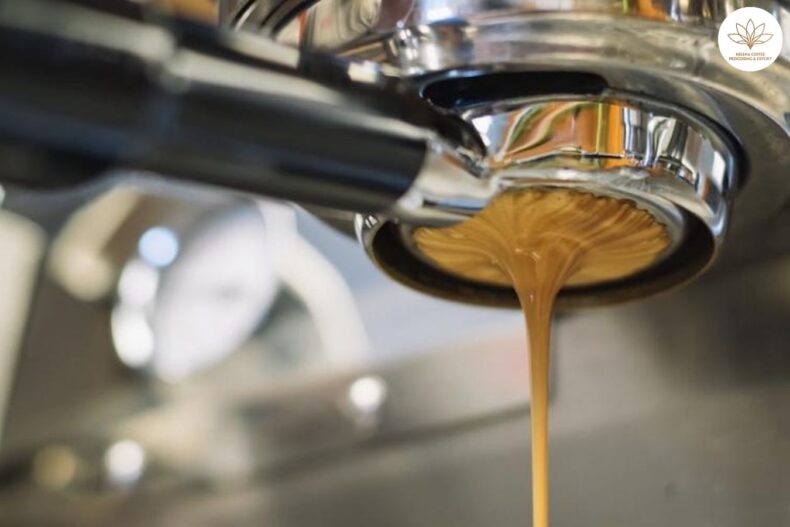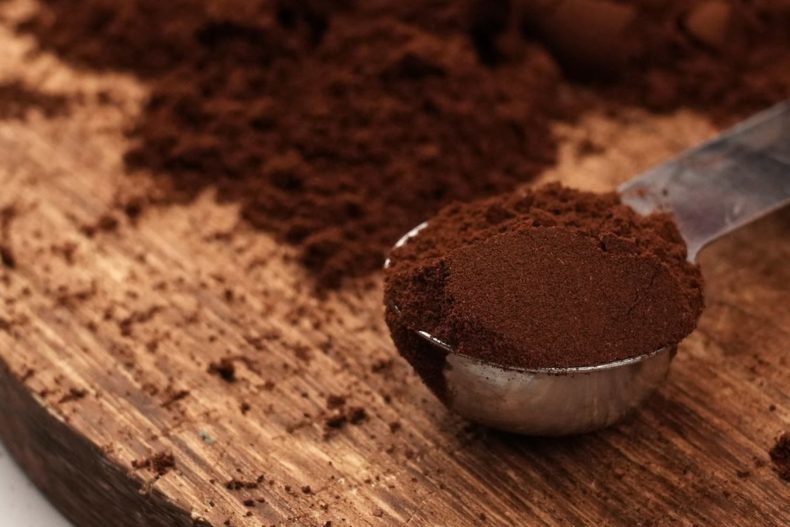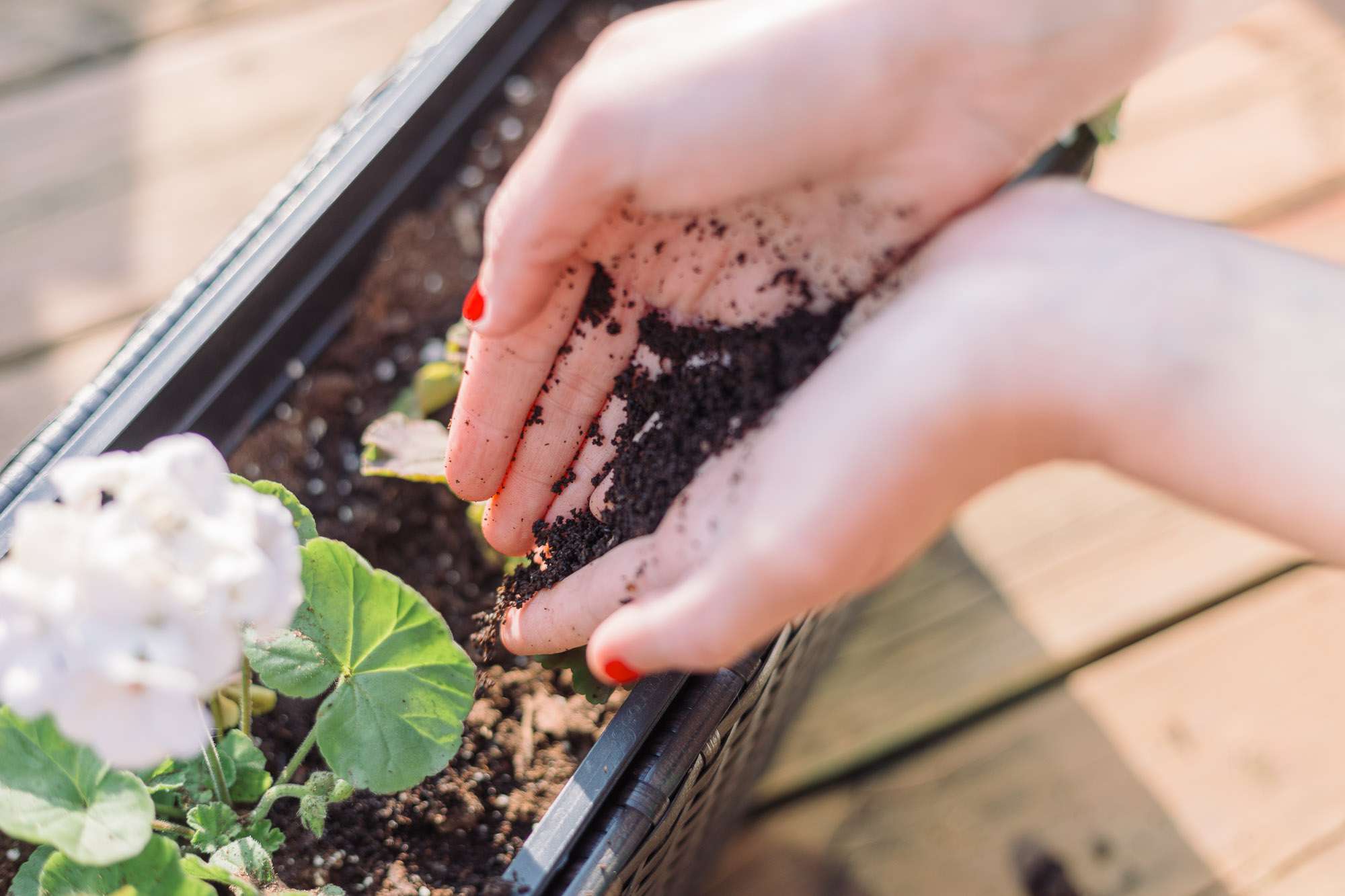
Can you use coffee grounds to fertilize houseplants? – Coffee grounds can be used to fertilize indoor plants. But it’s best to compost with them first. Applying coffee grounds directly to houseplant soil can cause excessive moisture retention. The fungus then overgrows and even impairs plant growth.
Coffee grounds are a valuable source of nutrients that house plants can effectively use. And it’s a very effective fertilizer. Here’s how to use them effectively. Both make use of coffee grounds and help your houseplants.
Why use coffee grounds to fertilize plants? (useful, first)
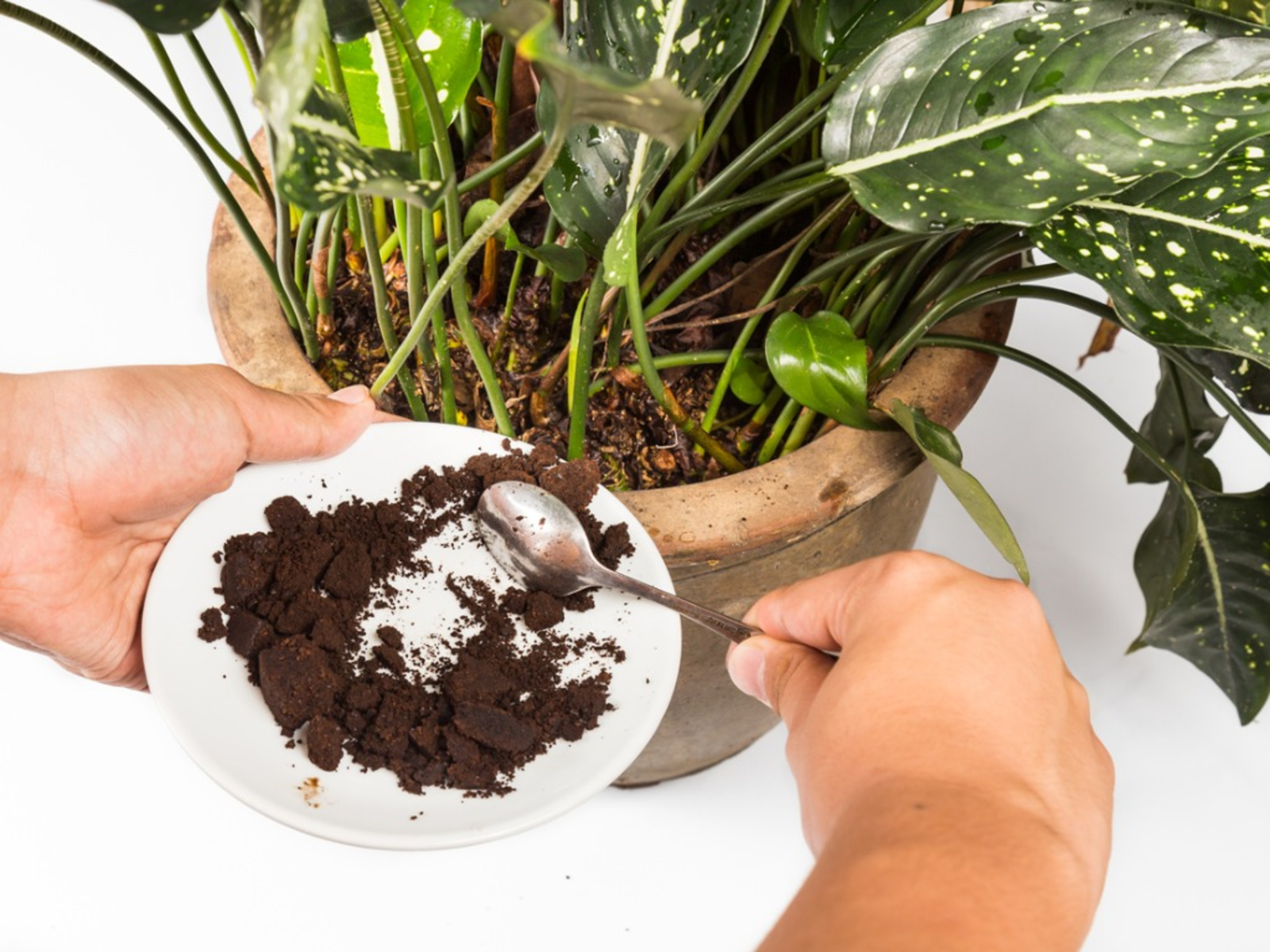
Coffee grounds are a widespread kitchen waste. The residue is full of nutrients that most people throw away. Coffee is a familiar drink in every home. That’s why coffee grounds are readily available and accessible. And they are high in nitrogen, one of the essential nutrients for healthy plant growth. Using coffee grounds on plants is also an excellent way to reduce household waste.
Many people have been using coffee grounds for their gardens for many years. Coffee grounds have brought many benefits to plants. Why don’t we try using coffee grounds to fertilize indoor plants? Coffee grounds are an excellent fertilizer. But there are significant problems with their use.
What is the best way to use coffee grounds to fertilize plants?
Although some people may add coffee grounds directly to the soil, this is not recommended and can cause problems. There are three great options for using coffee grounds as fertilizer for plants.
Option 1: Use coffee grounds to make organic compost
By far, the best way to utilize coffee grounds is to use them to make compost. Organic compost from kitchen waste has become increasingly popular and used in many households. Add all the coffee grounds to your compost pile. And wait until your compost is ready to be used.
Most houseplants are native to tropical climates. Where they get most of their nutrition from decomposed organic matter, nutrients are produced by the dense vegetation surrounding and above them.
Self-composting compost essentially replicates this natural process. And will provide plenty of nutrients to allow your houseplants to thrive—high nitrogen content of coffee grounds (NPK 2.1-0.3-0.3).
Other components in the compost will balance this content.
How to use coffee grounds for plants and flowers?
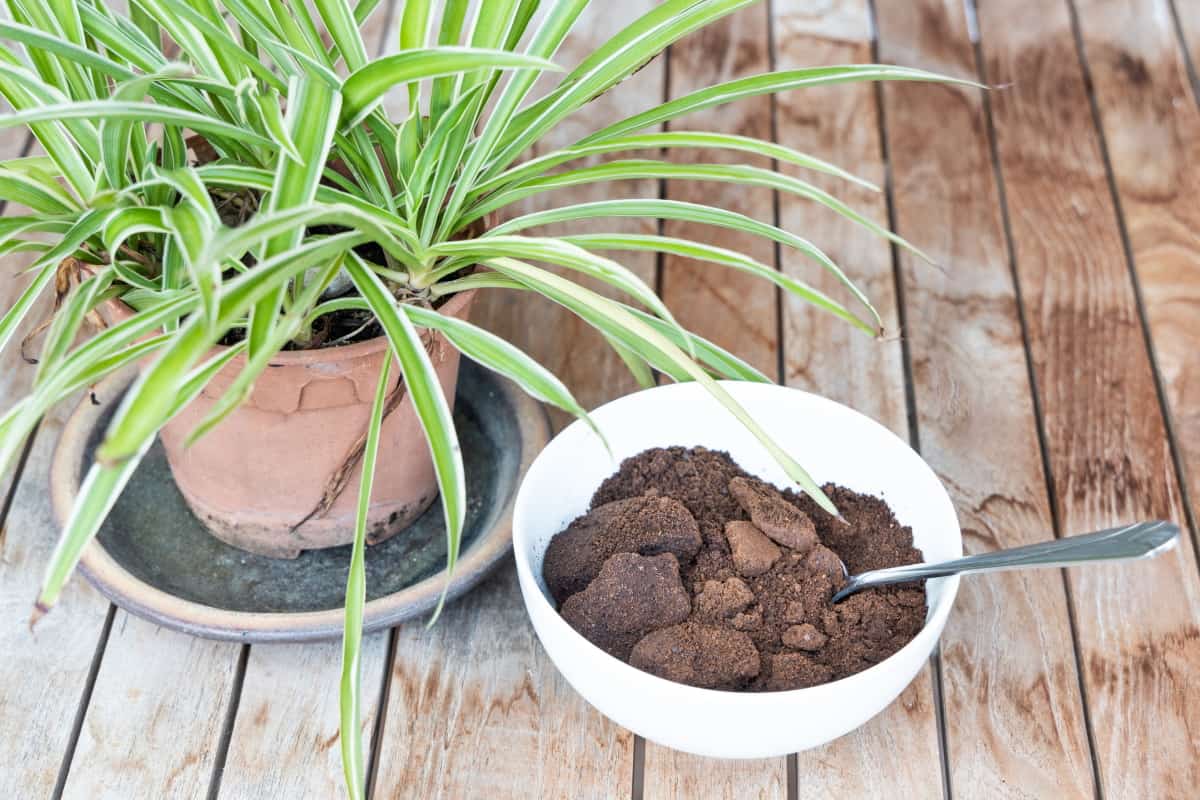
You can use this type of compost when repotting. Or you can add a thin layer on top of the soil. In addition, when composting, manure will create a solution containing high nutrient content. Using a solution mixed with water and watering the plants is also very good.
Some individuals are concerned about the smells produced by the composting process. In our opinion, it is not a problem. When composting in an anaerobic atmosphere, the air escapes when the lid is raised, creating pain. Any odor that is created, on the other hand, disappears rapidly. And fertilizing them into the soil will not produce any unpleasant odors.
Fresh coffee grounds
Coffee is a widely consumed beverage all over the world.
People usually throw away the grounds leftover after brewing, but after reading this article, you might reconsider.
Coffee grounds have numerous practical applications in the home and garden, and they can even help you spruce up your beauty routine.
If you don’t drink a lot of coffee, most coffee shops have an abundance of coffee grounds that they are happy to give away.
